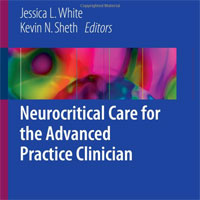Stories Category: Intensive Care

Clinical Features and Predictors in Critically Ill COVID-19 Patients
We aim to describe a case series of critically and non-critically ill COVID-19 patients in Singapore. This was a multicentered prospective study with clinical and laboratory details. Details for fifty uncomplicated COVID-19... read more
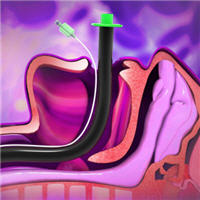
COVID-19: Critical Care and Airway Management Issues
Among patients hospitalized with coronavirus disease 2019 (COVID-19), up to one-quarter require intensive care unit (ICU) admission. Profound hypoxemic respiratory failure from acute respiratory distress syndrome (ARDS)... read more
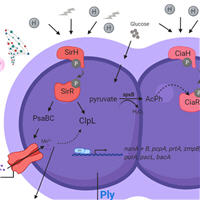
Virus-Induced Changes of the Respiratory Tract Environment Promote Secondary Infections
Secondary bacterial infections enhance the disease burden of influenza infections substantially. Streptococcus pneumoniae (the pneumococcus) plays a major role in the synergism between bacterial and viral pathogens, which... read more
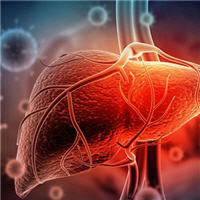
Role of N-Acetylcysteine in Non-acetaminophen-related Acute Liver Failure
N-acetylcysteine (NAC) is well known to emergency medicine physicians as the antidote in acute acetaminophen ingestion. The scope of use for this medication beyond that is often not considered, such as in other etiologies... read more
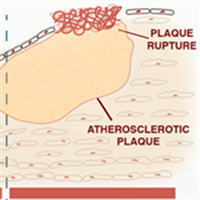
Guidelines on Myocardial Infarction, Novel Therapeutic Targets in Post-infarction Remodelling
This Focus Issue on ischaemic heart disease contains the ‘2020 ESC Guidelines for the management of acute coronary syndromes in patients presenting without persistent ST-segment elevation: The Task Force for the management... read more
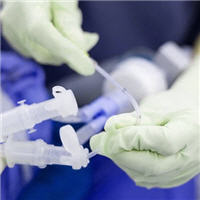
Operative Lung Deflation During OLV with a DL-ETT
Operative lung deflation during lung deflation during one-lung ventilation (OLV) with a double-lumen endotracheal tube (DL-ETT) is faster when the operative lumen remains closed before pleural opening thus preventing it from... read more
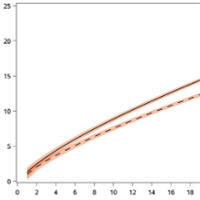
Expanding Post-Discharge Readmission Metrics in Patients with COPD
Of 1,384,025 hospitalizations, 11,304 encounters from 8097 patients met criteria to be index hospitalizations. Most index hospitalizations were inpatient hospitalizations (74.8%) versus observation hospitalizations (25.2%).... read more
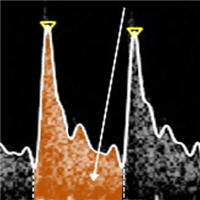
A novel, hands-free ultrasound patch for continuous monitoring of quantitative Doppler in the carotid artery
Quantitative Doppler ultrasound of the carotid artery has been proposed as an instantaneous surrogate for monitoring rapid changes in left ventricular output. Tracking immediate changes in the arterial Doppler spectrogram... read more
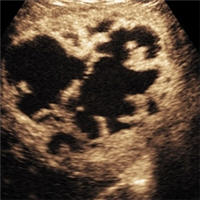
Contrast-enhanced Imaging in the Emergency Department
We continue with the topic of Contrast-enhanced imaging in the emergency department. "What is the creatinine?" asks the radiologist when an emergency contrast-enhanced computed tomography (CT) is requested for a patient with... read more
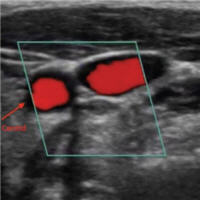
Confirming a Pulse during Resuscitation
Much has been written about using ultrasound in cardiac arrest. The REASON study found that identification of cardiac standstill in PEA or asystole is correlated with almost no chance of meaningful recovery and can assist... read more
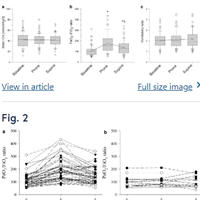
Prone Position in Intubated, Mechanically Ventilated COVID-19 Patients
During the COVID-19 pandemic, prone position has been widely adopted to treat mechanically ventilated patients with respiratory failure. The majority of patients improved their oxygenation during prone position, most likely... read more

Left Ventricular Unloading and ECpella Role
The main reason for the emergency implantation of venoarterial extracorporeal membrane oxygenation (VA-ECMO) is the restoration of adequate systemic perfusion, while protecting the failing heart and promoting myocardial recovery... read more
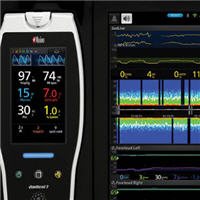
Effects of Ventilatory Rescue Therapies on the Cerebral Oxygenation of COVID-19 Patients
A new study by Masimo published in Critical Care evaluated the impact of a variety of rescue therapies on the systemic and cerebral oxygenation of mechanically ventilated COVID-19 patients suffering from acute respiratory... read more
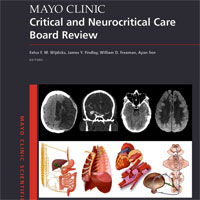
Mayo Clinic Critical and Neurocritical Care Board Review
Mayo Clinic Critical and Neurocritical Care Board Review is an all-inclusive review of the pathophysiology and care of the neurocritically ill and critically ill patient. The book reviews the core major critical care... read more

IVCDV is not a reliable indicator of preload responsiveness
During mechanical ventilation with Vt = 6 mL/kg, the effects of passive leg raising (PLR) can be assessed by changes in pulse pressure variation (PPV). If inferior vena cava diameter (IVCDV) is used, it should be expressed... read more
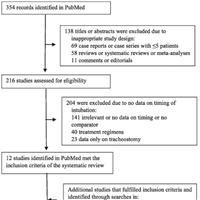
Effect of intubation timing on clinical outcomes of critically ill patients with COVID-19
The synthesized evidence suggests that timing of intubation may have no effect on mortality and morbidity of critically ill patients with COVID-19. These results might justify a wait-and-see approach, which may lead to fewer... read more
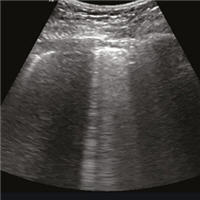
Technical Aspects and Clinical Applications in Lung Ultrasound
Lung ultrasound is increasingly used in emergency departments, medical wards, and critical care units—adult, pediatric, and neonatal. In vitro and in vivo studies show that the number and type of artifacts visualized change... read more








